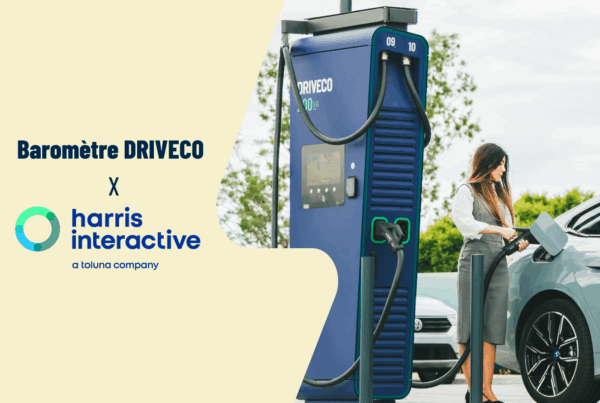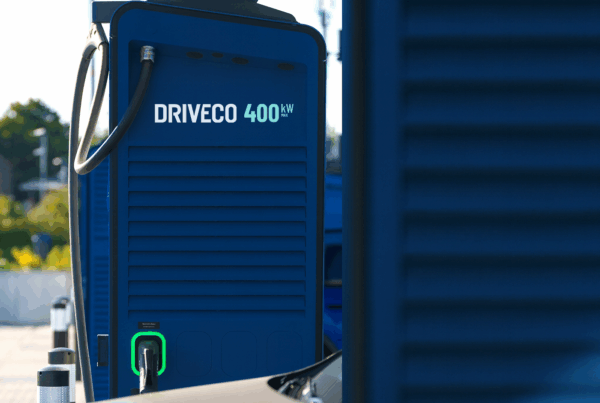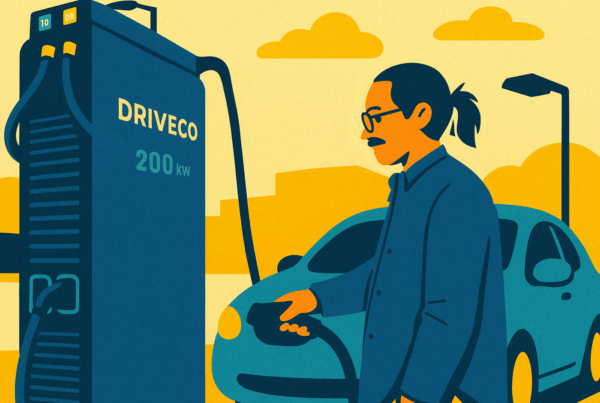Are you considering installing electric vehicle charging infrastructure (EVSE)? Before you begin, there is one practice we strongly recommend: meticulously preparing your tender and its specifications! Carefully drafting your EVSE consultation not only promotes competition, transparency, and innovation but also allows for better risk management for your company! Here’s a focus on the 10 key points to consider.
Specify the investment model you are interested in
Regarding the financing of your project, there are two main schemes available to you (although they can be combined): direct investment or third-party investment.
In a direct investment scheme, you finance your installations and become the owner of the infrastructure. You will therefore bear all the costs related to the installation and operation of an electric vehicle charging station. This includes the costs of purchasing and installing the charging stations, necessary civil and electrical works, regular maintenance costs for the stations, as well as the purchase of electricity to power the stations. The EVSE manufacturer/operator acts as a consultant and service provider.
In a third-party investment scheme, you engage a partner (a third-party investor) who finances all the costs related to the EVSE station, including design, equipment, construction, operational management, repairs, and energy purchase. This third-party investor then becomes the owner of the infrastructure. You benefit from having a station on your site at zero cost, in exchange for which the third-party investor may operate the station for a predefined period. The investor will then generate income by selling charging sessions to users. However, note that this setup remains subject to strict eligibility criteria from the potential operators, as this model represents an investment with a need for potential return on investment.
Additionally, depending on the specificities of your sites or the amounts involved, you may consider a combination of the two schemes described above.
Define the technical specifics of the expected offer

Electric vehicle charging station
During the consultation process for installing a charging station, it is crucial to pay particular attention to the technical characteristics of the proposed charging stations. These will determine not only the performance and reliability of your installation but also the user experience. To select the most suitable offer for your needs, you can ask your partners to detail precisely in their proposal:
– the number of proposed stations,
– the type(s) of station(s),
– the model(s),
– the brand(s),
– the associated power levels,
– payment options,
– accessibility for PRM, (people with reduced mobility),
– additional services associated with charging (such as access points and accessories for soft mobility).
The scope and location
It is essential to clearly define the scope of the consultation so that the received proposals are perfectly suited to the concerned sites. Technical characteristics, possible administrative or property constraints should be clearly specified from the outset. This will enable suppliers to formulate relevant and realistic offers, taking into account all the specific aspects of each location.
The potential use of the infrastructure is also linked to the careful choice of station locations and the quality of the installations, which will strongly influence the ease of use and utilisation rate of your charging infrastructure. To ensure that the proposals received meet your expectations in these respects, we suggest asking them to include in their offer:
– a technical report detailing the proposed offer,
– a proposal for technical configurations for each site mentioned in the tender (including the number of stations deployed at each site),
– a presentation of a typical charging station, including visuals.
Anticipate the financial aspect

The financial health of the operator
Ensuring the financial stability of an operator will give you peace of mind about the success of the project. Attention should be paid to:
– their ability to generate revenue and profits,
– their solidity in meeting short and long-term financial obligations.
Charging prices
Choosing charging tariffs is a key element, which must meet a dual imperative: you must strike the right balance between competitiveness, to attract users to your infrastructure, and profitability, to generate income.
On the one hand, excessively high tariffs may deter motorists from using your stations. Therefore, it is essential to remain attractive in comparison to the market. On the other hand, too low prices could compromise your or the operator’s ability to make a profit from the charging activity. These revenues are crucial to the long-term economic viability of your project
When selecting service providers, ensure that they propose pricing schedules that reconcile these two imperatives. Their solution must both attract customers and generate satisfactory revenue for the stakeholders.
Insurance
Professional insurance is crucially important. It is essential to verify that the manufacturer and/or operator you are dealing with holds all the necessary insurance for the construction, deployment, and operation of the charging stations.
Frame deployment and operations
Management/supervision software
When selecting your EVSE operator, we recommend paying particular attention to the functionalities of the supervision software. This is a key element that will directly impact the operation and management of your infrastructure on a daily basis. Among the elements to keep in mind:
– technical capabilities in terms of handling and integrating existing stations,
– development mode (internal or external),
– actions that can be performed remotely,
– user access provided for the brand, etc.
Response times, station maintenance, and availability rates
The operator must clearly commit to the preventive and corrective maintenance provided. Similarly, the operator must indicate and justify their availability rate and their commitments on this subject.
Prepare the referencing of your stations and marketing & communication actions

Once your stations are installed, they will need to be visible! Don’t hesitate to ask if the operator plans to reference them (on search engines and applications such as Chargemap), or if it’s up to you to do so – and if so, what their recommendations are.
Also, consider the following actions:
– integrating electric charging into your brand’s loyalty programme,
– communication around the partnership.
Structure your tender
Specify the required documentation
In your tender, ask each operator to substantiate their commitments by providing the following documents: references, company registration documents, proof of financial capacity, technical certifications, insurance, etc.
Propose a response grid
To facilitate the analysis of received offers, provide operators with a standardised response grid: this will allow you to objectively determine which offer best suits your company.
Secure the contractual aspect
The framework contract : for better management of the relationship with your operator, setting up a framework contract defining the contours of this partnership is essential. The document will notably include all the elements mentioned in your tender. To standardise the solution and homogenise the customer experience, we recommend selecting only one operator for all your sites.
The lease: it is important to note that the longer the duration, the higher the profitability of the stations, whether they are owned by you or the operator. This is a partnership that benefits all parties involved. Therefore, it is essential to carefully consider early termination conditions and exit terms, which are fundamental elements for setting up a long-term contract. These elements must be considered and formally integrated into the contract to optimise your risk management!




